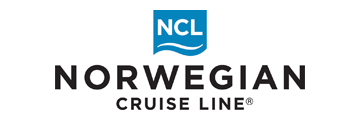This site uses cookies as defined in our Cookie Policy, by continuing to use this site you agree to their use.
Continue
| Arrive | Depart | ||||||
| 12th12 | OctOct | 202626 | Southampton, England, embark on the Norwegian Sun | 16:00 | |||
Lying near the head of Southampton Water, a peninsula between the estuaries of the Rivers Test and Itchen, Southampton is Britain’s largest cruise port. It has been one of England’s major ports since the Middle Ages, when it exported wool and hides from the hinterland and imported wine from Bordeaux. The city suffered heavy damage during World War Two and as a result the centre has been extensively rebuilt, but there are still some interesting medieval buildings including the Bargate, one of the finest city gatehouses in England. | |||||||
| 13th13 | OctOct | 202626 | Le Havre, France | 06:00 | 19:00 | ||
Le Havre, founded by King Francis I of France in 1517, is located inUpper Normandy on the north bank of the mouth of the River Seine, which isconsidered the most frequented waterway in the world. Its port is ranked thesecond largest in France. The city was originally built on marshland andmudflats that were drained in the 1500’s. During WWII most of Le Havre wasdestroyed by Allied bombing raids. Post war rebuilding of the city followed thedevelopment plans of the well-known Belgian architect Auguste Perre. Thereconstruction was so unique that the entire city was listed as a UNESCO WorldHeritage Site in 2005. | |||||||
| 14th14 | OctOct | 202626 | At Sea | ||||
| 15th15 | OctOct | 202626 | Cobh, Ireland | 07:00 | 16:00 | ||
Cork City's nearby harbor district has seen plenty of history. Cork Harbour's draws include Fota Island—with an arboretum, a wildlife park, and the Fota House ancestral estate—and the fishing port of Cobh. | |||||||
| 16th16 | OctOct | 202626 | Belfast, Northern Ireland | 08:30 | 15:30 | ||
Before English and Scottish settlers arrived in the 1600s, Belfast was a tiny village called Béal Feirste ("sandbank ford") belonging to Ulster's ancient O'Neill clan. With the advent of the Plantation period (when settlers arrived in the 1600s), Sir Arthur Chichester, from Devon in southwestern England, received the city from the English Crown, and his son was made Earl of Donegall. Huguenots fleeing persecution from France settled near here, bringing their valuable linen-work skills. In the 18th century, Belfast underwent a phenomenal expansion—its population doubled every 10 years, despite an ever-present sectarian divide. Although the Anglican gentry despised the Presbyterian artisans—who, in turn, distrusted the native Catholics—Belfast's growth continued at a dizzying speed. The city was a great Victorian success story, an industrial boomtown whose prosperity was built on trade, especially linen and shipbuilding. Famously (or infamously), the Titanic was built here, giving Belfast, for a time, the nickname "Titanic Town." Having laid the foundation stone of the city's university in 1845, Queen Victoria returned to Belfast in 1849 (she is recalled in the names of buildings, streets, bars, monuments, and other places around the city), and in the same year, the university opened under the name Queen's College. Nearly 40 years later, in 1888, Victoria granted Belfast its city charter. Today its population is nearly 300,000, tourist numbers have increased, and this dramatically transformed city is enjoying an unparalleled renaissance.This is all a welcome change from the period when news about Belfast meant reports about "the Troubles." Since the 1994 ceasefire, Northern Ireland's capital city has benefited from major hotel investment, gentrified quaysides (or strands), a sophisticated new performing arts center, and major initiatives to boost tourism. Although the 1996 bombing of offices at Canary Wharf in London disrupted the 1994 peace agreement, the ceasefire was officially reestablished on July 20, 1997, and this embattled city began its quest for a newfound identity.Since 2008, the city has restored all its major public buildings such as museums, churches, theaters, City Hall, Ulster Hall—and even the glorious Crown Bar—spending millions of pounds on its built heritage. A gaol that at the height of the Troubles held some of the most notorious murderers involved in paramilitary violence is now a major visitor attraction.Belfast's city center is made up of three roughly contiguous areas that are easy to navigate on foot. From the south end to the north, it's about an hour's leisurely walk. | |||||||
| 17th17 | OctOct | 202626 | At Sea | ||||
| 18th18 | OctOct | 202626 | At Sea | ||||
| 19th19 | OctOct | 202626 | At Sea | ||||
| 20th20 | OctOct | 202626 | At Sea | ||||
| 21st21 | OctOct | 202626 | Sydney, Nova Scotia, Canada | 11:30 | 18:00 | ||
If you come directly to Cape Breton via plane, ferry, or cruise ship, Sydney is where you’ll land. If you’re seeking anything resembling an urban experience, it’s also where you’ll want to stay: after all, this is the island’s sole city. Admittedly, it is not the booming center it was a century ago when the continent’s largest steel plant was located here (that era is evoked in Fall on Your Knees, an Oprah Book Club pick penned by Cape Bretoner Anne-Marie MacDonald). However, Sydney has a revitalized waterfront and smattering of Loyalist-era buildings that appeal to visitors. Moreover, it offers convenient access to popular attractions in the region—like the Miner’s Museum in nearby Glace Bay (named for the glace, or ice, that filled its harbor in winter), the Fortress at Louisbourg, and beautiful Bras d'Or Lake. | |||||||
| 22nd22 | OctOct | 202626 | Halifax, Nova Scotia, Canada | 10:00 | 19:00 | ||
Surrounded by natural treasures and glorious seascapes, Halifax is an attractive and vibrant hub with noteworthy historic and modern architecture, great dining and shopping, and a lively nightlife and festival scene. The old city manages to feel both hip and historic. Previous generations had the foresight to preserve the cultural and architectural integrity of the city, yet students from five local universities keep it lively and current. It's a perfect starting point to any tour of the Atlantic provinces, but even if you don't venture beyond its boundaries, you will get a real taste of the region.It was Halifax’s natural harbor—the second largest in the world after Sydney, Australia’s—that first drew the British here in 1749, and today most major sites are conveniently located either along it or on the Citadel-crowned hill overlooking it. That’s good news for visitors because this city actually covers quite a bit of ground.Since amalgamating with Dartmouth (directly across the harbor) and several suburbs in 1996, Halifax has been absorbed into the Halifax Regional Municipality, and the HRM, as it is known, has around 415,000 residents. That may not sound like a lot by U.S. standards, but it makes Nova Scotia’s capital the most significant Canadian urban center east of Montréal.There's easy access to the water, and despite being the focal point of a busy commercial port, Halifax Harbour doubles as a playground, with one of the world's longest downtown boardwalks. It's a place where container ships, commuter ferries, cruise ships, and tour boats compete for space, and where workaday tugs and fishing vessels tie up beside glitzy yachts. Like Halifax as a whole, the harbor represents a blend of the traditional and the contemporary. | |||||||
| 23rd23 | OctOct | 202626 | At Sea | ||||
| 24th24 | OctOct | 202626 | New York, New York, United States, disembark the Norwegian Sun | 07:00 | |||
From Wall Street's skyscrapers to the neon of Times Square to Central Park's leafy paths, New York City pulses with an irrepressible energy. History meets hipness in this global center of entertainment, fashion, media, and finance. World-class museums like MoMA and unforgettable icons like the Statue of Liberty beckon, but discovering the subtler strains of New York's vast ambition is equally rewarding: ethnic enclaves and shops, historic streets of dignified brownstones, and trendy bars and eateries all add to the urban buzz. | |||||||
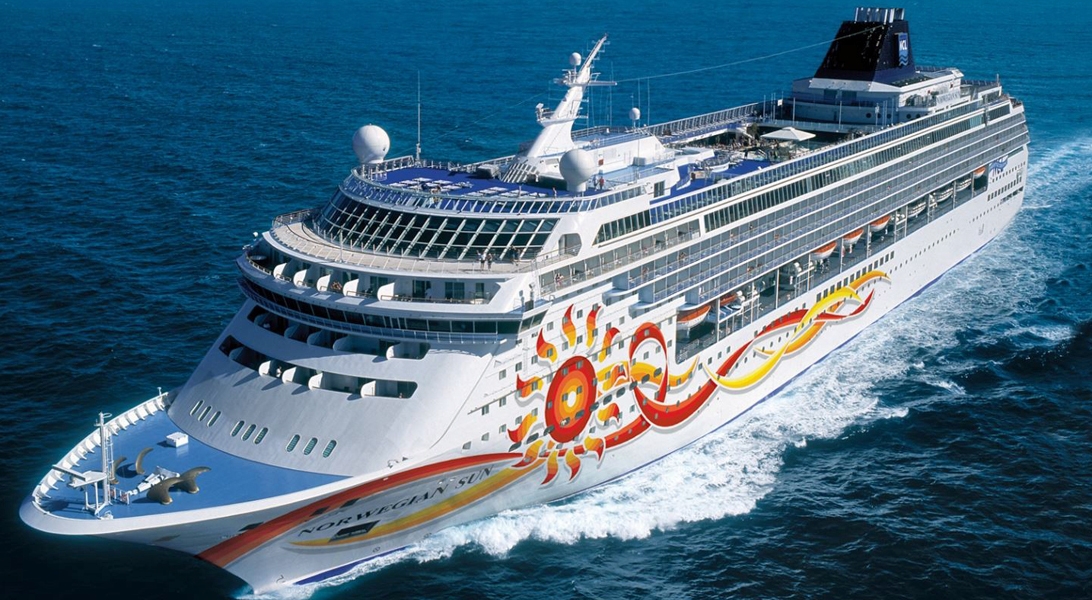
The images shown are for illustration purposes only and may not be an exact representation of what you find on the ship.
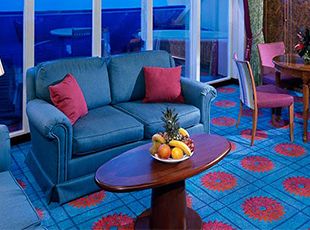
These Norwegian Sun Owner's Suites with a Large Balcony are great for up to four guests. They include a living room, dining room and separate bedroom with a queen-size bed that converts into two lowers. Along with a luxury bath and guest bath plus an amazing balcony with hot tub so you can relax while enjoying incredible views. Plus they can connect to a Balcony stateroom, perfect when travelling with family or friends. Includes butler and concierge service.
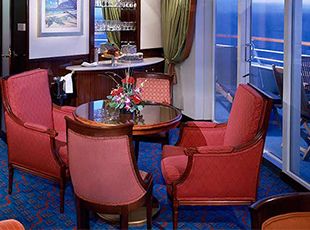
| Grade Code | From | To | |
| SH | Penthouse with Balcony | £5,519 | £5,519 |
With lots of space, you will have an incredible getaway in these Penthouses that sleep four guests. Features a queen-size bed that converts into two lowers, additional bedding to accommodate two more, luxury bath with shower and a walk-in closet. Along with a private balcony to enjoy the amazing views. Includes butler and concierge service.
The images shown are for illustration purposes only and may not be an exact representation of what you find on the ship.
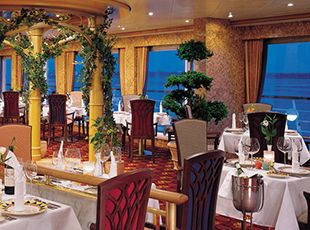
Premium cuts are the standard at our American steakhouse serving Certified Angus Beef®. Sip your favourite cocktail and don’t forget to order our famous Parmesan dusted truffle fries!
Price Per Person: À la carte
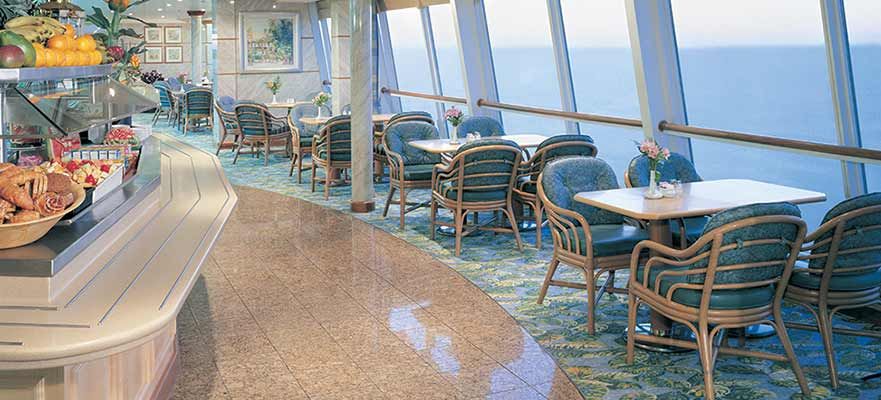
Whatever you’re craving, chances are you will find it at the Garden Café. This complimentary, indoor buffet restaurant serves up breakfast, lunch and dinner

Available 24 hours a day, simply pick up the phone and order breakfast, lunch, dinner or late-night munchies. A room service fee may apply.
Price Per Person: Room Service Fee may apply.
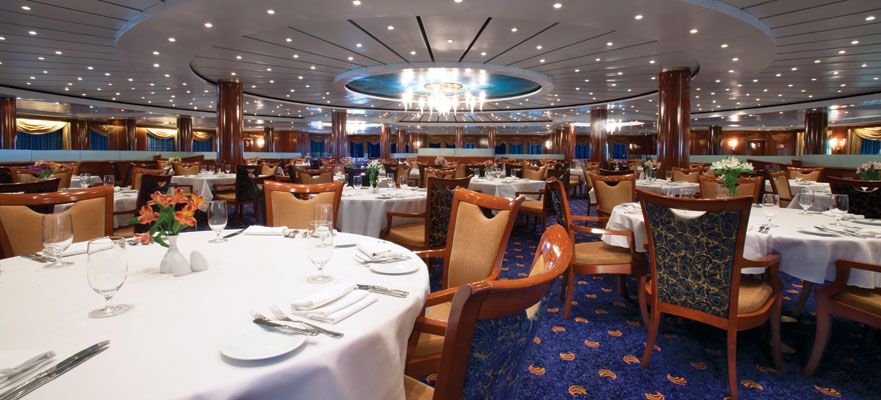
Stunning in design with ocean views, this Main Restaurant offers traditional cuisine to please every palate.
The images shown are for illustration purposes only and may not be an exact representation of what you find on the ship.
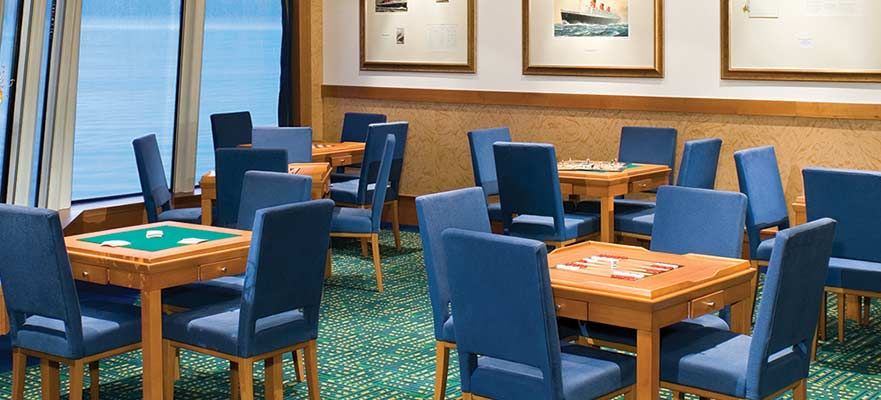
Looking for a quiet place to write postcards, play cards or read a book? Drop by the Lifestyles Room.
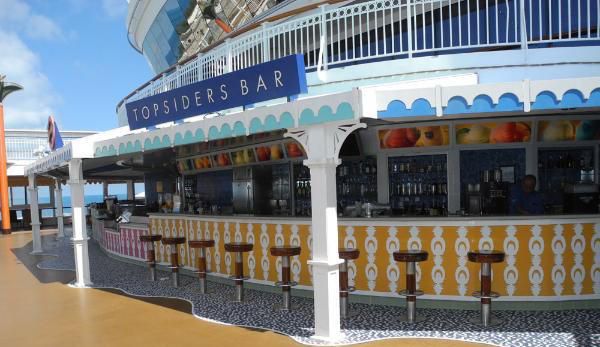
A full bar and grill in close proximity to an ample sunning area and hot tubs. Think of it as a total resort experience.

You'll find a well-stocked selection of things to read with all the elegant trimmings a good library deserves including a stellar view.

No matter how far you are from home, having access to the Internet is always on hand at the Internet Café.
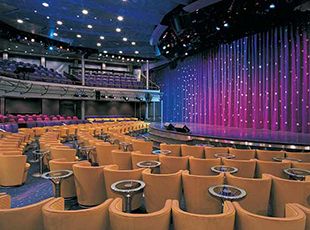
It's showtime! And we've got a really big show for you at the Stardust Lounge. A stunning two-story main show lounge with a stage headlines the best entertainment at sea. The Stardust can also be used for large-group meetings by day.
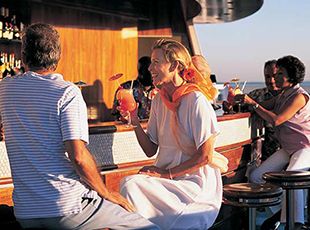
After you shoot hoops, play tennis, or work up a sweat in the fitness centre, head over to Champs, a full bar, and just chill.

Welcome! Try your hand at Roulette, Blackjack and Craps.
Spin your way to the jackpot playing the most popular slots including reel and video slots. Or pull up a chair at your favourite table game, from blackjack to craps and more. Whatever games you choose, you can bet on a good time in our award-winning casino.
The images shown are for illustration purposes only and may not be an exact representation of what you find on the ship.
The images shown are for illustration purposes only and may not be an exact representation of what you find on the ship.
| 12 nights aboard the Norwegian Sun | |||
| Upgrade to More At Sea™ for £349pp and receive the benefits shown below. Book a Haven suite or suite (not Club balcony suites) and receive More At Sea™at no additional cost. | |||
| Premium Beverages
Includes alcoholic and non-alcoholic branded drinks served in all bars, lounges and restaurants throughout your cruise. | |||
| Speciality Dining
Enjoy dining opportunities in selected speciality restaurants depending on number of nights and cabin type. | |||
| Shore Excursion Credits
Receive $50 shore excursion credit per stateroom per excursion. | |||
| Wi-Fi Powered By Starlink
Receive up to 150 minutes Wi-FI per person (guest 1 and 2 only) | |||
| 3rd & 4th Guest Pay Taxes Only
Guests 3 and 4 in the stateroom pay only the applicable tax for the cruise. Available on select sailings only. | |||
| Award winning onboard entertainment | |||
| Complimentary 24-hour room service | |||
| Port Taxes and Fees | |||
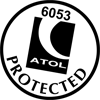 | ABTA and ATOL Protection* | ||
Date 12th Oct 2026 |
Nts 12 |
Interior £1,359pp |
Oceanview £1,515pp |
Balcony £2,607pp |
Suite £5,519pp |
Date 12th Oct 2026 |
Nts 12 |
Interior £1,359pp |
Oceanview £1,515pp |
Balcony £2,607pp |
Suite £5,519pp |
| Interior staterooms from | £1,359pp | ||
| IA | Mid-Ship Inside | £1,469pp | |
| IB | Inside | £1,456pp | |
| IF | Inside | £1,359pp | |
| I4 | Family Inside | £1,476pp | |
| I5 | Family Inside | £1,476pp | |
| Oceanview staterooms from | £1,515pp | ||
| OA | Oceanview Picture Window | £1,703pp | |
| OC | Oceanview with Large Porthole | £1,534pp | |
| OK | Obstructed Oceanview | £1,515pp | |
| OB | Oceanview with Picture Window | £1,619pp | |
| Balcony staterooms from | £2,607pp | ||
| BA | Mid-Ship Balcony | £2,685pp | |
| BB | Balcony | £2,672pp | |
| B4 | Family Balcony | £2,704pp | |
| B5 | Family Balcony | £2,711pp | |
| BF | Balcony | £2,607pp | |
| Suite staterooms from | £5,519pp | ||
| SF | Aft-Facing Penthouse with Large Balcony | £6,559pp | |
| SH | Penthouse with Balcony | £5,519pp | |
Fusion Cruises when selling travel arrangements is a trading name of The Midcounties Co-operative Ltd. Fusion Cruises is an Accredited Body Member of Midcounties Co-operative Travel Consortium. (ABTA:P6652, ATOL:6053).
Book with Confidence. We are a Member of ABTA which means you have the benefit of ABTA’s assistance and Code of Conduct.
Some of the flights and flight-inclusive holidays on this website are financially protected by the ATOL scheme but ATOL protection does not apply to all holiday and travel services offered on this website. This website will provide you with information on the protection that applies in the case of each holiday and travel service offered before you make your booking. If you do not receive an ATOL Certificate then the booking will not be ATOL protected. If you do receive an ATOL Certificate but all parts of your trip are not listed on it, those parts will not be ATOL protected. Please see our booking conditions for information, or for more information about financial protection and the ATOL Certificate go to: www.caa.co.uk
